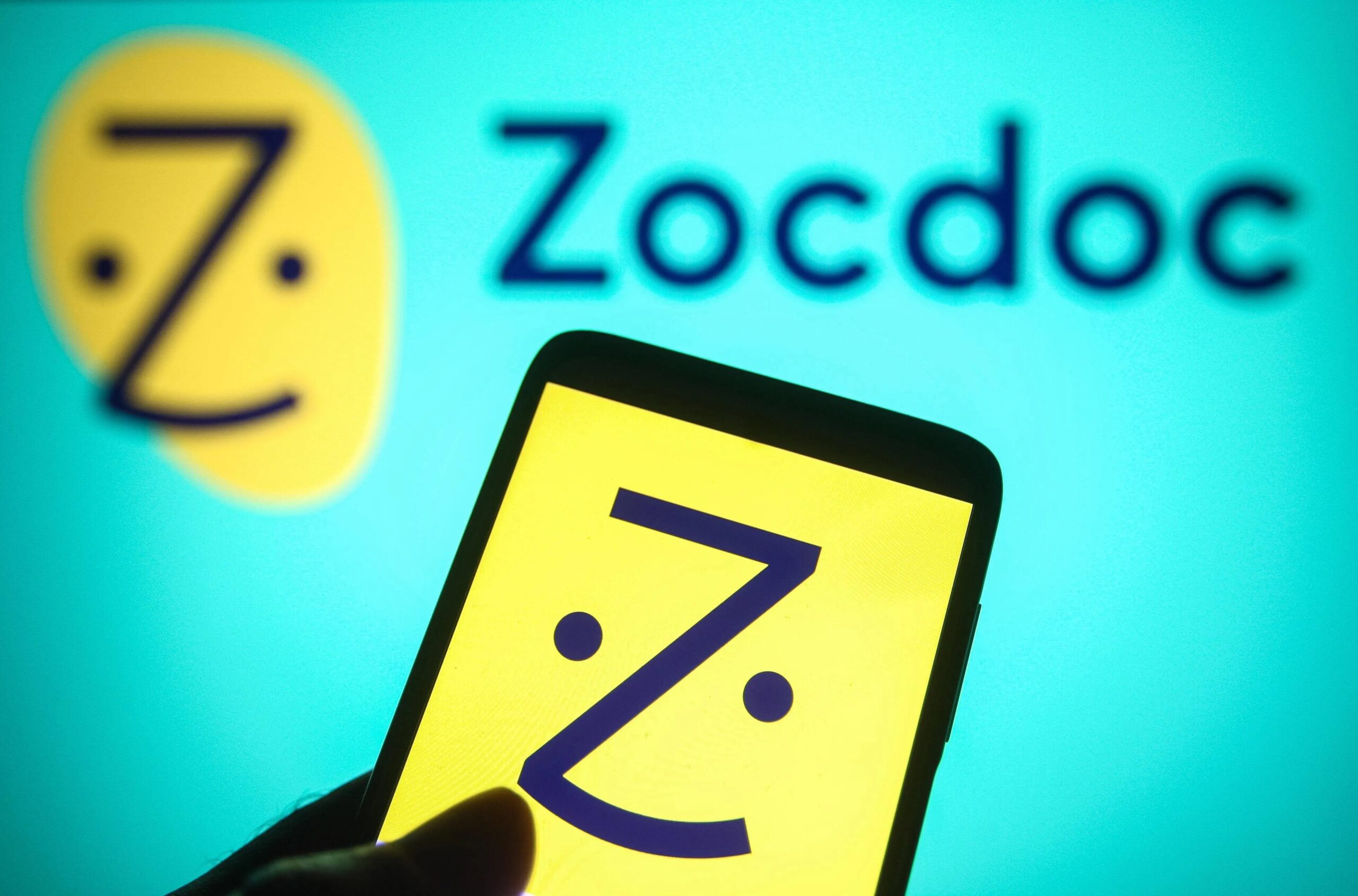The post Uber, Zocdoc, And The Art Of Innovation Within Healthcare’s Regulatory Limits appeared com. UKRAINE 2021/08/02: In this photo illustration a Zocdoc logo seen on a smartphone and a pc screen. Thousands of unemployed residents, desperate for work, began running unlicensed cab services in their own cars, crowding intersections and undercutting one another for fares. Safety was nonexistent, and competition was ruthless. In 1937, the city signed the Haas Act, creating a new system that capped the number of taxis and required each vehicle to display a medallion, which granted the exclusive right to pick up passengers in New York City. This medallion system reigned for three-quarters of a century. Then, in 2011, Uber launched in New York City and changed everything. With little regard for existing city, transportation and labor regulations, Uber clashed with officials New York and most every city it entered. Cease-and-desist orders and lawsuits piled up. But as demand for Uber continued to surge, regulators eventually caved and created new frameworks to legitimize app-based ride services. Uber’s experience brought simmering tension to the surface: regulations are designed to protect the public, but can unintentionally stifle competition and innovation in the process. If there’s one industry that highlights these tensions better than any other, it is healthcare. Privacy, security and trust are paramount, and human lives are at stake, and so individual and industry activities must be overseen. A substantial state and federal regulation has developed accordingly. However, the resulting byzantine system is one that seemingly serves no one well: it can be fairly characterized as an outrageously costly, bloated, and sclerotic. How can and should innovation in healthcare occur amid this tension? The Model That Made Uber Soar Nearly Sank Zocdoc In many ways, Zocdoc is.
